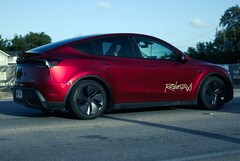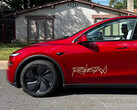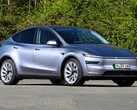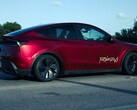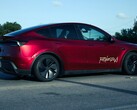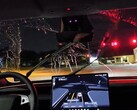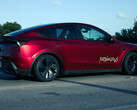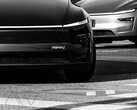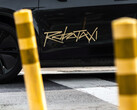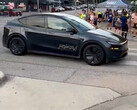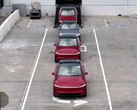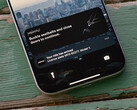The Tesla Robotaxi ride-share platform now serves an area larger than Waymo's footprint in Austin, where it operates a pilot run.
With the dramatic expansion of the geofenced robotaxi service area in just three weeks since the start of operation, Tesla has also raised the tongue-in-cheek price tag.
While nominally the robotaxi ride price has been increased in a similarly dramatic manner by 60%, it went from just $4.20 to the current $6.9.
Given Elon Musk's propensity to insert the number 420 as an Easter egg everywhere and the Tesla fan crowd egging him to play around with the number 69 before the Robotaxi platform launch, the new ride price could simply be considered a practical joke, just as the map shape of the expanded service area.
This new $6.9 fee is again a flat price regardless of the miles ridden, but this is mainly set to test drive the Robotaxi app and its payment system, rather than recoup the service operation costs and earn some profit for Tesla.
Still, the Robotaxi ride-share platform now operates on 7% of Waymo's entire service area in the US, and is set for expansion in San Francisco soon, as well as many other cities in the US by the end of the year. This type of scaling will require that Tesla set some real pricing real soon, and only then could its Robotaxi platform be compared to other ride-share services in a given area.
According to Elon Musk, when the Cybercab two-seaters enter robotaxi service next year and are produced at scale, the cost per mile could be as low as 25 cents, which would make them very competitive.
The Cybercab can't use Superchargers or a Tesla wall connector, though, but will rather be charged wirelessly on dedicated pads and cleaned automatically by robots, so there are other intriguing things yet to happen with the Robotaxi platform beyond its current pilot in Austin.
Source(s)
Elon Musk (X)




